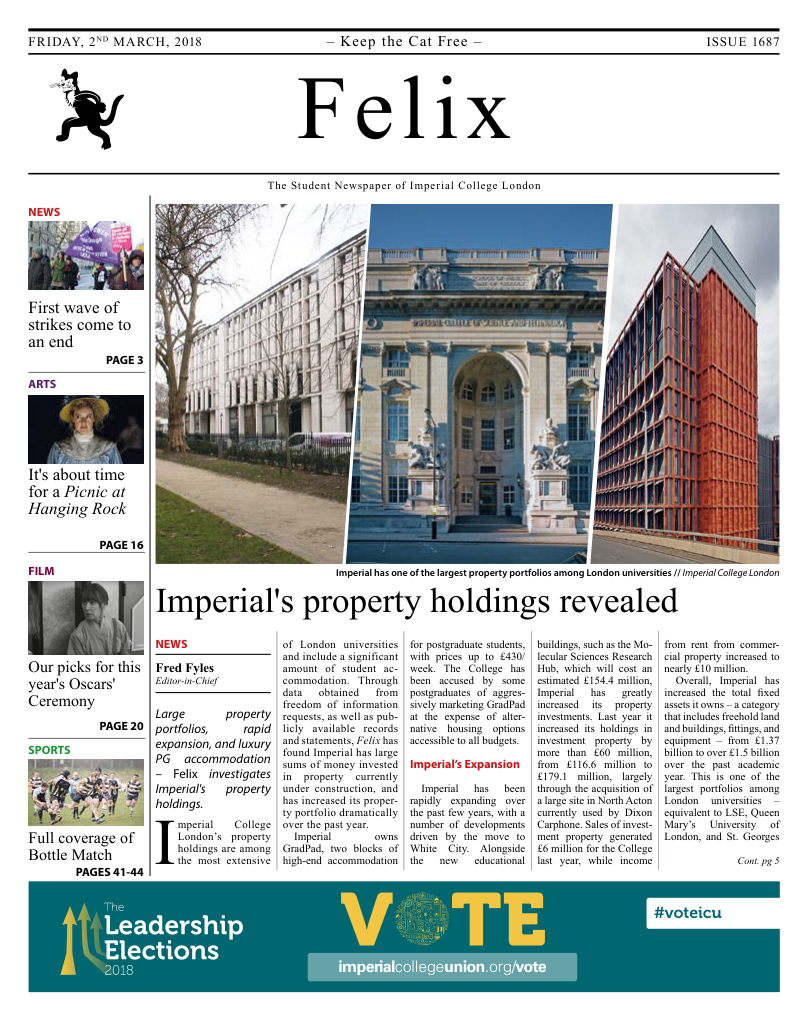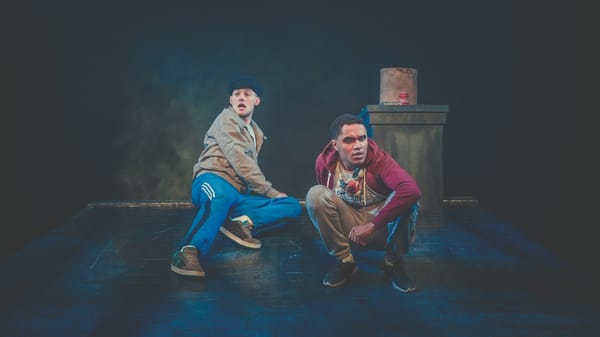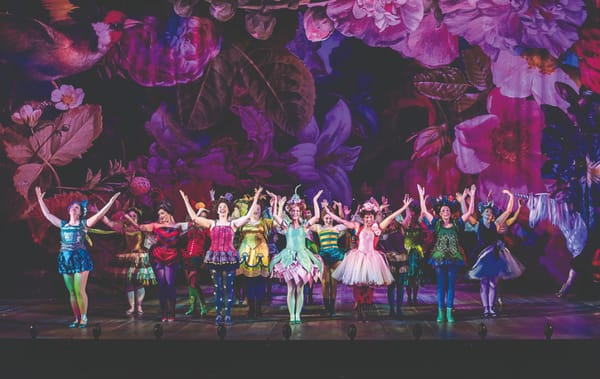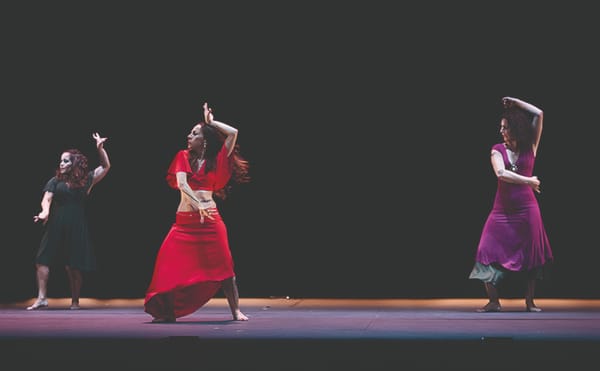A powerful revival of the mystery of Hanging Rock
The cult horror tale of missing schoolgirls in Australia gets an inventive twist in Tom Wright’s adaptation for the stage at the Barbican Centre.

On Valentine’s Day, 1900, three pupils and a teacher from Appleyard College, an upper-class girls’ boarding school, disappear during a class trip to Hanging Rock, a volcanic mountain in Victoria, Australia. This is the premise of Joan Lindsay’s 1967 novel and Peter Weir’s subsequent film adaptation, both subjects of critical acclaim and, arguably, cult classic status. Though fictitious, the story is so compelling that it is widely believed to be true, thanks partly to Lindsay’s often coy and mysterious answers about its basis in reality. Not having seen the film or read the novel I came into the theatre with only a cursory knowledge of the story, but it was impossible not to set expectations high when both the source material and its adaptation have been so successful.
The play starts with five schoolgirls on a sparse stage, narrating the events of Saturday, Valentine’s Day, 1900. Despite the setting of the play, they are wearing modern school attire: blazers and pleated skirts that would not look out of place on a secondary school student in 2018. In 1900, after the school group have lunch, four of the girls, Miranda, Marion, Irma, and Edith leave the rest of the group to climb the rock. Miranda is clearly the leader of the group, the one the other look up to. Edith is the hanger-on; she struggles to keep pace with the other girls and begins to fall behind. As she watches, the other girls vanish into the rock. The five-strong cast slowly move forwards as they speak, closer to the audience and closer to the end of the stage. Their narration is interspersed with blackouts. It’s incredibly simple, but, somehow, very captivating.
The five actors are phenomenal and with only their voices and playwright Tom Wright’s words they conjure up images of what might have happened. The empty stage, their ringing voices and stark lighting help your own imagination to create images far more sinister than what could have been captured on stage. The switching perspective between the girls and the frequent blackout create a story told in cut scenes, reminiscent of horror films.
“Tom Wright’s adaptation captures a palpable sense of horror”
The aftermath of the girls’ disappearance takes on a more conventional storytelling, with the scenes being acted on stage. The narrators become actors in the story. There are searches for the girls and their teacher, yet nothing is found. The school community begins unravelling and headmistress, Miss Appleyard, begins taking out her frustration on Sara, a girl who cannot seem to fit into what society demands of an upper-class woman. Michael, an Englishman, embarks on a solitary quest to find the girls. These scenes are interspersed with blackouts and each scene is accompanied by a cryptic neon heading above the stage. Through Michael and Miss Appleyard, Wright explores themes of colonialism and power, centring on Australia. What Michael has come to learn of the wilderness of Australia terrifies him. Miss Appleyard’s attempts to mould Sara to her will mirrors the attempt to tame and conquer Australia. It’s certainly innovative storytelling, but never quite reaches the same intensity as the opening of the play.
The five-member cast is without question one of the greatest strength of this production – they take on different characters with ease yet manage to keep them distinct individuals. Elizabeth Nabben and Amber McMahon are particularly compelling as Miss Appleyard and Michael, respectively. The almost bare stage with its liberal use of black, the stark lighting, frequent blackouts and neon titles above the stage all combine to create a tense atmosphere and instil real fear into the audience. Director Matthew Lutton almost takes this minimalist style to an extreme, and there are certainly points where it feels a little overused. However, it doesn’t, detract too much from the overall effect of the play.
Transferring art between media is always a gamble and what makes an exceptional novel or film could always fall flat on the stage. This certainly isn’t the case with Tom Wright’s adaptation of Picnic at Hanging Rock. He manages to capture a palpable sense of horror with his narrative and also uses it to highlight important themes in the story. The four-day run at The Barbican was painfully short for such a powerful piece of work and it will, hopefully, return to London in the near future.
4 Stars
Where? The Barbican Picnic at Hanging Rock was on 21-24th February









